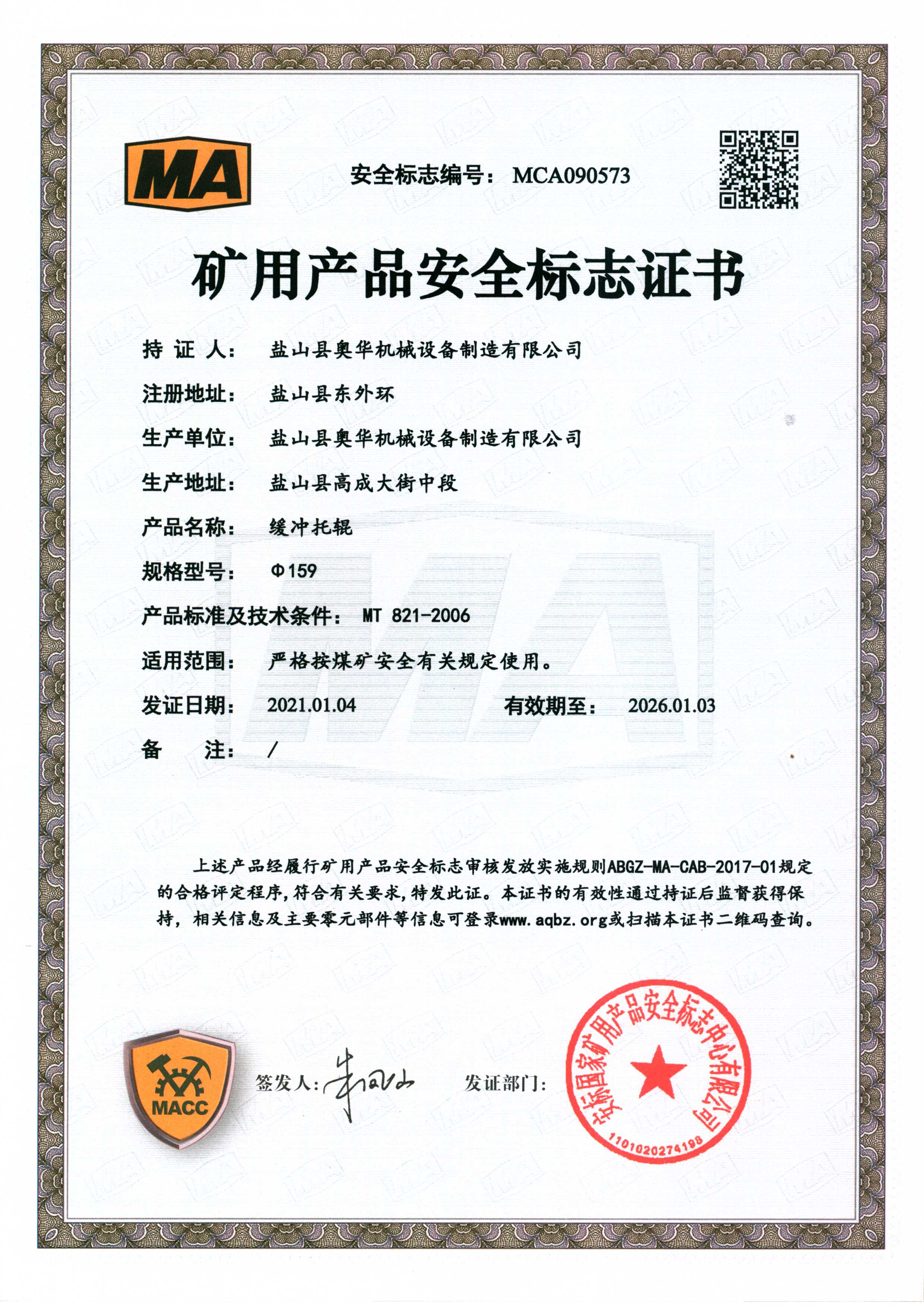 Afrikaans
Afrikaans  Albanian
Albanian  Amharic
Amharic  Arabic
Arabic  Armenian
Armenian  Azerbaijani
Azerbaijani  Basque
Basque  Belarusian
Belarusian  Bengali
Bengali  Bosnian
Bosnian  Bulgarian
Bulgarian  Catalan
Catalan  Cebuano
Cebuano  Corsican
Corsican  Croatian
Croatian  Czech
Czech  Danish
Danish  Dutch
Dutch  English
English  Esperanto
Esperanto  Estonian
Estonian  Finnish
Finnish  French
French  Frisian
Frisian  Galician
Galician  Georgian
Georgian  German
German  Greek
Greek  Gujarati
Gujarati  Haitian Creole
Haitian Creole  hausa
hausa  hawaiian
hawaiian  Hebrew
Hebrew  Hindi
Hindi  Miao
Miao  Hungarian
Hungarian  Icelandic
Icelandic  igbo
igbo  Indonesian
Indonesian  irish
irish  Italian
Italian  Japanese
Japanese  Javanese
Javanese  Kannada
Kannada  kazakh
kazakh  Khmer
Khmer  Rwandese
Rwandese  Korean
Korean  Kurdish
Kurdish  Kyrgyz
Kyrgyz  Lao
Lao  Latin
Latin  Latvian
Latvian  Lithuanian
Lithuanian  Luxembourgish
Luxembourgish  Macedonian
Macedonian  Malgashi
Malgashi  Malay
Malay  Malayalam
Malayalam  Maltese
Maltese  Maori
Maori  Marathi
Marathi  Mongolian
Mongolian  Myanmar
Myanmar  Nepali
Nepali  Norwegian
Norwegian  Norwegian
Norwegian  Occitan
Occitan  Pashto
Pashto  Persian
Persian  Polish
Polish  Portuguese
Portuguese  Punjabi
Punjabi  Romanian
Romanian  Russian
Russian  Samoan
Samoan  Scottish Gaelic
Scottish Gaelic  Serbian
Serbian  Sesotho
Sesotho  Shona
Shona  Sindhi
Sindhi  Sinhala
Sinhala  Slovak
Slovak  Slovenian
Slovenian  Somali
Somali  Spanish
Spanish  Sundanese
Sundanese  Swahili
Swahili  Swedish
Swedish  Tagalog
Tagalog  Tajik
Tajik  Tamil
Tamil  Tatar
Tatar  Telugu
Telugu  Thai
Thai  Turkish
Turkish  Turkmen
Turkmen  Ukrainian
Ukrainian  Urdu
Urdu  Uighur
Uighur  Uzbek
Uzbek  Vietnamese
Vietnamese  Welsh
Welsh  Bantu
Bantu  Yiddish
Yiddish  Yoruba
Yoruba  Zulu
Zulu Optimizing Conveyor Belt Return Rollers for Enhanced Performance and Durability in Industry
Understanding Conveyor Belt Return Rollers
Conveyor belts are indispensable tools in various industries, facilitating the movement of materials efficiently and reliably. Among the crucial components that ensure the optimal functioning of conveyor systems are return rollers. These rollers play a significant role in maintaining the belt's stability, prolonging its lifespan, and ensuring smooth operation.
What are Conveyor Belt Return Rollers?
Return rollers are cylindrical components located on the return side of a conveyor belt. They support the empty belt as it returns to the head of the conveyor system after discharging its load. Typically placed at regular intervals, these rollers are designed to help manage the belt’s tension, minimize vibration, and reduce wear and tear on the belt itself. By supporting the belt evenly, return rollers ensure that it runs straight and efficiently, preventing unnecessary misalignment and associated operational issues.
Importance of Return Rollers
The importance of return rollers cannot be overstated. They contribute to various aspects of a conveyor system's performance, including
1. Belt Friction Reduction Return rollers minimize friction between the conveyor belt and the supporting structure. This reduction helps in lowering energy consumption since the motor doesn’t have to work as hard to keep the belt moving.
2. Load Support By supporting the conveyor belt in its return journey, return rollers help maintain a consistent tension across the entire system. This is vital for the effective functioning of the conveyor, particularly in systems that transport heavy loads.
conveyor belt return rollers

3. Wear and Tear Prevention Properly maintained return rollers can significantly extend the lifespan of a conveyor belt. By preventing the belt from sagging or bending excessively, return rollers reduce the risk of damage caused by improper alignment or excessive wear on the edges.
4. Enhanced Safety By ensuring the belt remains in place and operates smoothly, return rollers contribute to a safer working environment. Misaligned or poorly functioning belts can pose various hazards, including material spills or, in worst-case scenarios, equipment failure.
Types of Return Rollers
Return rollers come in various designs, each tailored to specific operational needs. Some common types include
- Standard Return Rollers Typically used in general applications, these are straightforward in design and efficient in performance. - Impact Return Rollers Designed to handle heavier loads, these rollers have an added cushioning feature to absorb shocks during material transportation. - Steep Return Rollers These are specialized for applications involving steep angles, supporting the belt effectively while preventing slippage.
Conclusion
In conclusion, conveyor belt return rollers are essential components that enhance the efficiency, safety, and longevity of conveyor systems. By understanding their significance and ensuring proper maintenance, businesses can optimize their material handling processes, leading to improved operational performance and reduced costs. Whether it’s in manufacturing, logistics, or heavy industries, the role of return rollers remains a critical area of focus for anyone involved in the design and maintenance of conveyor systems. Whether you are expanding your current system or planning a new installation, investing in high-quality return rollers is key to achieving maximum efficiency and reliability.
-
Revolutionizing Conveyor Reliability with Advanced Rubber Lagging PulleysNewsJul.22,2025
-
Powering Precision and Durability with Expert Manufacturers of Conveyor ComponentsNewsJul.22,2025
-
Optimizing Conveyor Systems with Advanced Conveyor AccessoriesNewsJul.22,2025
-
Maximize Conveyor Efficiency with Quality Conveyor Idler PulleysNewsJul.22,2025
-
Future-Proof Your Conveyor System with High-Performance Polyurethane RollerNewsJul.22,2025
-
Driving Efficiency Forward with Quality Idlers and RollersNewsJul.22,2025





























